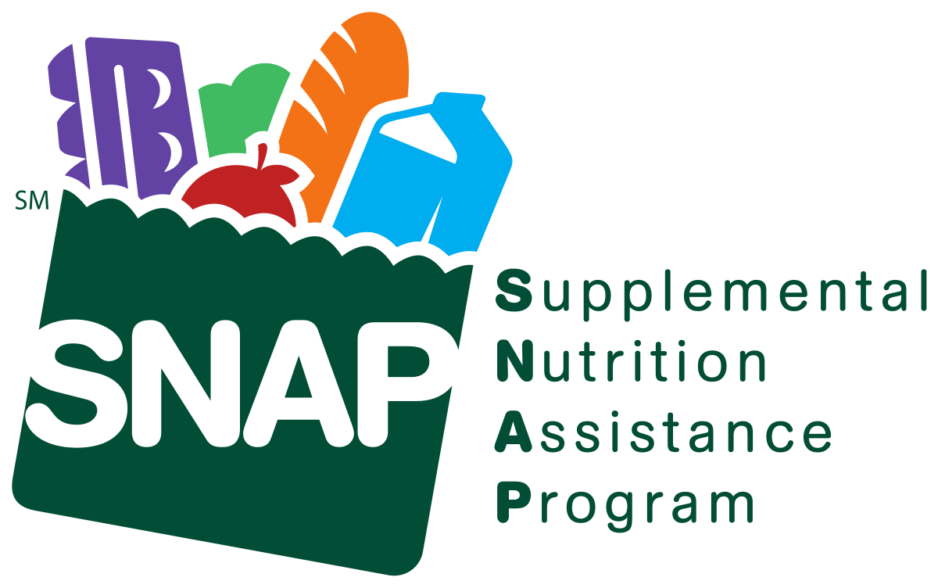by Dottie Rosenbaum
If the partial government shutdown that began in late December continues into February, there may not be sufficient appropriations for food assistance under the Supplemental Nutrition Assistance Program (SNAP) to provide full benefits for that month. And if the shutdown continues into March, little or no benefits likely will be paid in that month. As a result, millions of low-income households — including millions of poor children, parents, elderly people, and people with disabilities — could have their basic food assistance cut back substantially in February and then virtually eliminated altogether starting in March if the shutdown continues. The President stated several days ago that the shutdown could go on for months or even years.
The Department of Agriculture (USDA) may rule, however, that the only appropriation available for SNAP after January is the program’s $3 billion “contingency reserve,” which was made available through the fiscal year 2018 appropriations act. But SNAP benefits currently amount to about $4.8 billion a month, so the $3 billion reserve cannot fully fund February benefits.
The guidance that USDA has issued so far during the shutdown makes clear that “[eligible households will still receive monthly . . . SNAP benefits for January.” But by mid-January, states typically would begin sending the necessary data regarding households’ February SNAP benefits to the electronic benefit transfer (EBT) contractors that they use. This information shows how much in SNAP benefits to load on to each eligible household’s EBT card, which households then swipe at the store to redeem their SNAP benefits.
SNAP provides food assistance averaging about $125 per person, and about $245 per household, per month to more than 38 million individuals in more than 19 million households. SNAP is heavily focused on the poor: 92 percent of benefits go to households with cash incomes at or below the poverty line, and 56 percent go to households at or below half of the poverty line (about $10,390 for a family of three in 2019). Families with the greatest need receive the largest benefits. Close to 70 percent of SNAP participants are in families with children; nearly a third are in households with seniors or people with disabilities.
Those USDA officials and others in the Administration who are able to work during the shutdown are apparently assessing their options and developing a plan for how to proceed. It isn’t clear when USDA will notify states and EBT contractors about the steps it is requiring them to take to reduce February benefits. For now, participants and others who may wish to apply should continue operating as though the shutdown were not in effect.
What will happen in coming weeks with respect to SNAP thus is cause for very substantial concern. If the shutdown continues and USDA determines it does not have the authority to extend SNAP in the absence of congressional action, many low-income households would be at risk of serious hunger and hardship. Emergency food assistance providers such as food banks and food pantries, as well as other local community service providers, would likely see dramatic increases in demand as families and individuals scrambled to fill the hole in their monthly food budgets. In addition, the more than 250,000 supermarkets, grocery stores, and other retailers that participate in SNAP would see a substantial drop in SNAP redemptions, which in many cases constitute a significant share of their sales.

